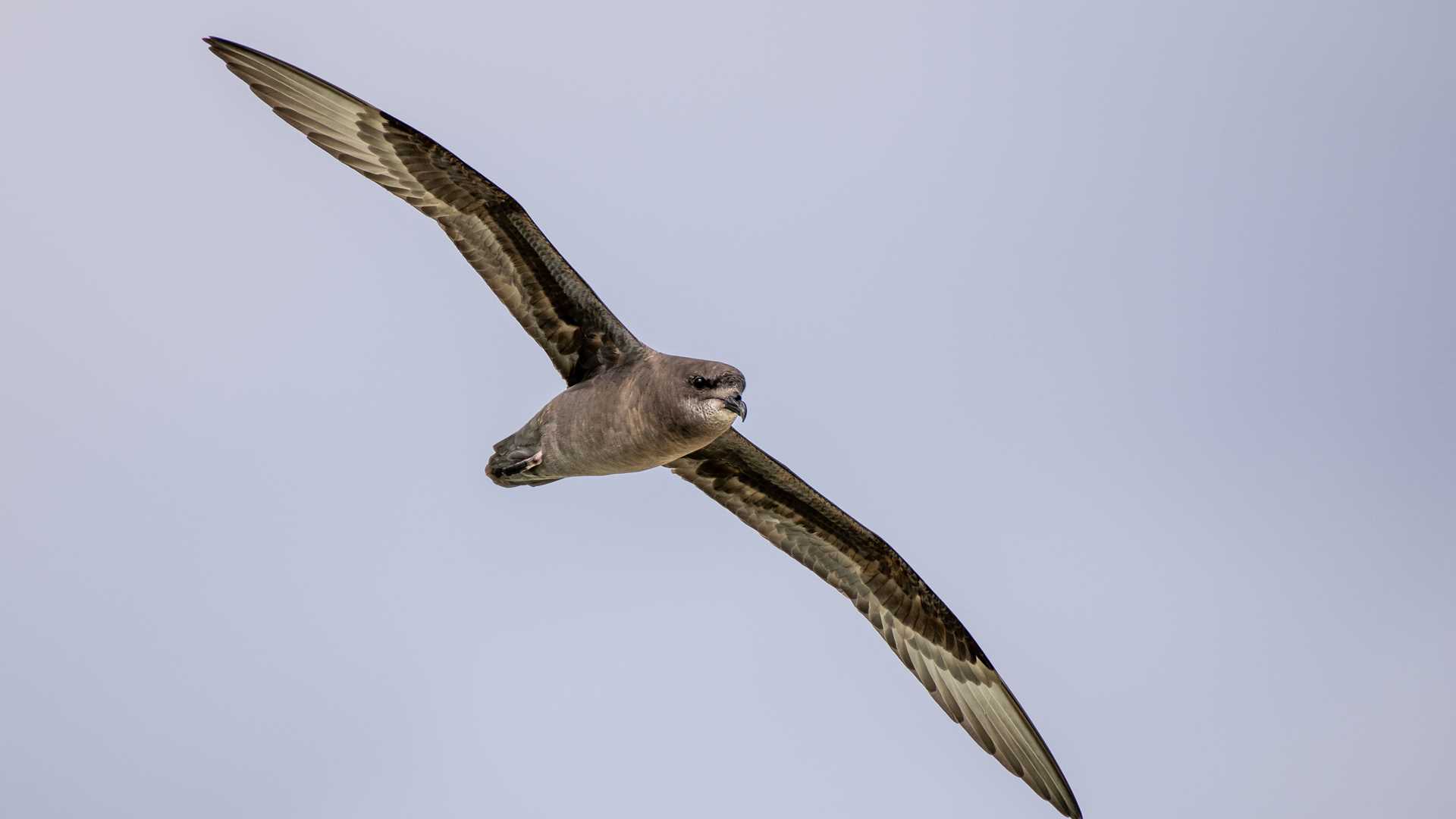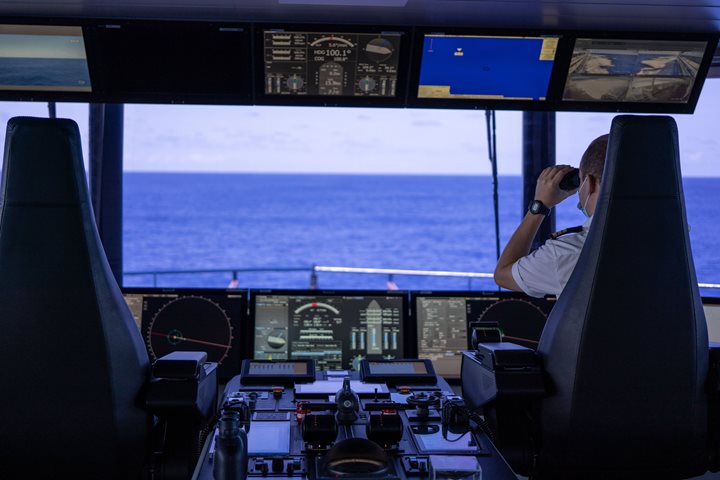After our experience on Pitcairn Island yesterday, we sailed ahead with a much better idea of how isolated we are out here in the South Pacific. During the night, we were treated to views of the constellation Maui’s Hook, also known as Scorpio. As the sun rose, we could see nothing but ocean in all directions.
We passed the morning at sea with presentations by two of our naturalists. Cristian Moreno talked about coral restoration, and Margrit Ulrich shared stories about protected areas and the role of UNESCO.
By lunchtime, we could see the low profile of Ducie Atoll, the southernmost coral atoll in the Pacific and the last one we will see on this voyage. It is very difficult to make a landing here, but the scouting party found a narrow passage between the rocks and the swell. With the help of our shore team—up to their armpits in water—we got everyone ashore who wanted to experience this unusual place.
The island is a critical breeding area for Murphy’s petrels. We also saw herald petrels, white terns, red-footed boobies, and red-tailed tropicbirds. This island has no rats or cats, so ground nesters are prolific. The thick tournefortia bushes had many fluffy chicks beneath their branches.
The thick brush and vulnerable birds made it impossible to cross the island, so we wandered along the coral beach as birds swooped overhead. The water was so clear that we could see reef fish from the shore. Farther out, we observed a humpback whale come very close to our dive boat.
After Ducie Atoll, we won’t see any land until we reach Rapanui three days from now. This voyage is giving us all a sense of how enormous the Pacific Ocean really is.






